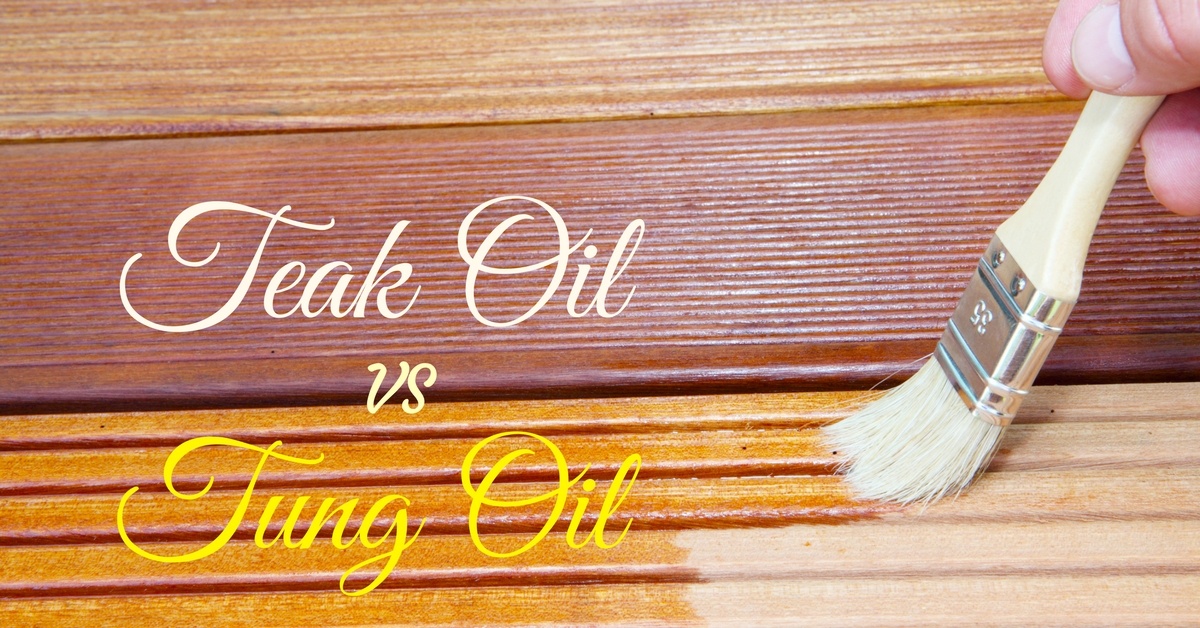Oil is one of the most important requirements, when it comes to finishing of wooden products or when it comes to cooking delicious meals.
In this article, however, we will be discussing about the two different kinds of oil required either for applying finishing touches to products or to maintain them in a decent condition. Read on to find the competition between Teak Oil vs Tung Oil.
More...
Teak Oil vs Tung Oil
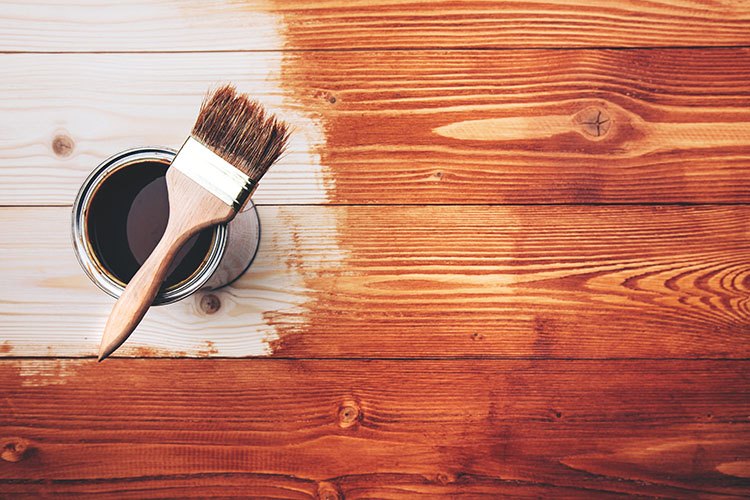
Teak Oil
If you are considering the oil for wood furniture, teak oil is your best bet and is particularly effective when it comes to the classical wood like, rosewood, teak and mahogany.
The radiant finish and warm glow that it gives to the concerned wood is a result of its deep penetration through the layers of the wood. One may apply them using a brush, or through spraying or wiping.
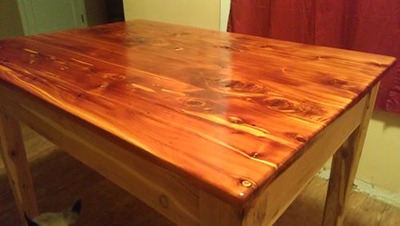
Juniper Table Restoration with Teak Oil via Lumber Jocks
One of the added advantages of using teak oil is that it protects the wood from deep within and hence minimizes of the chances of cracks, chips or peeling of the layers.
Apart from providing UV protection and keeping your wood safe from the sun, this oil is quick and easy to apply. One may use it for finishing teak outdoor furniture too. To add to the diversifying nature of it, people also use teak oil for indoor furniture.
Having mentioned all the functions and advantages of using teak oil, like every other product, this too has its flaws and disadvantages. Let us take a look at what you should be aware of while using teak oil.
Teak oil is susceptible to color changes, which means that it can damage the original color of the wood and may even damage the natural texture with which the wood comes.
The wood is quite vulnerable since it may change its color to golden honey or silver platina post the application of the teak oil.
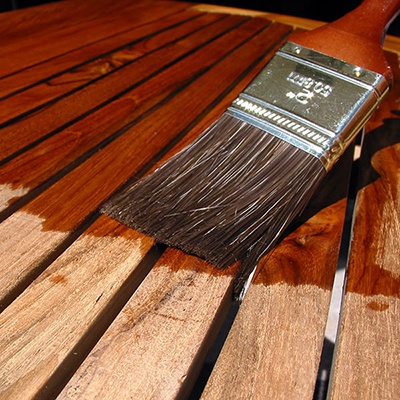
OIL AND TREAT TEAK FURNITURE via MYOWNBALI
Arguably teak oil is believed to alter the life span of the wood. Oil is supposed to extend the life of the wood, but that is not with the case of teak oil.
It may or may not increase the life and once it is applied, since the layer of the wood becomes extremely tough, the adhesive nature of the wood is lost.
As a result, it becomes extremely difficult for the user to use it in projects, especially when the piece of wood needs to be attached to something. However, one may always pin it down to the main structure.
Finally, let us discuss about some of the best teak oils available in the market currently.
Watco Teak Oil is currently one of the best ?teak oils for furniture?.
Best Teak Oil
The list of best oil for teak furniture is as follows:
Image | Oil Name | Quality | Price | ? |
|---|---|---|---|---|
$$ | ||||
$ | ||||
Best Choice | $ |
Things We Liked
- One of the best oils for teak.
- Does not crack or chip the wood.
- Can be used for both interior and outdoor furniture
- Offers UV Protection
Things We Didn't Like
- Can affect the original color of the wood
- May not extend the furniture’s life
Tung Oil
Tung oil has a rich history and a backdrop in China, where it was originally produced. The two types of tung oil are: the “Polymerized Tung Oil” and the “Modified Tung Oil”. Tung Oil is mainly used to preserve boats and large ships.
The water resistant feature of the tung oil makes it a favorite among the shipping companies and the regular boatmen.
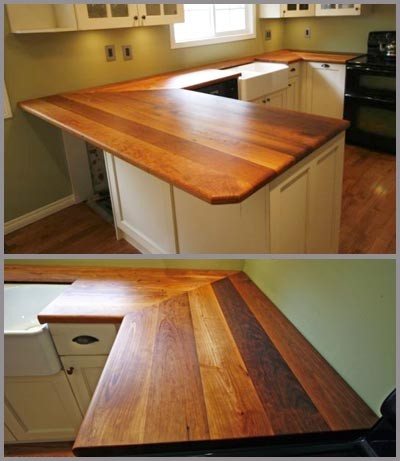
reclaimed wood countertops via HAIR SUBLIME
Like Teak Oil, the Tung Oil penetrates deep into the layers of the wood and instead provides and tough and a separate layer between the other layers, which prevents water from slipping into the inner layers of the wood and provides a great tung oil finish, thus protecting it from water.
The Tung Oil gives the finished product a glossy and darkened appearance. The flexible nature of the Tung Oil is an added advantage since it protects the wood even when it expands or contracts.
The hard surface provided by the oil not only serves as a resistance to water but also to dust, alcohol and certain acids.
Tung oil is absolutely toxic-free which means you can use it to apply on boards which require applications concerning the food, such as cutting board, kneading board or food slabs.
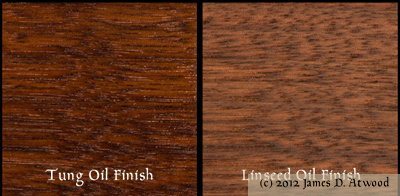
Tung Oil Finish via New World Arbalest
Applying the Tung Oil is no big job either. You can always apply different coats and repetitive coats when the previous layer has faded away and can be used as tung oil for outdoor furniture.
Let us now take a look at the disadvantages of the Tung Oil. Tung Oil takes its time. It takes a lot of time to dry and is particularly inconvenient if you’re in a hurry to finish your project. Pure Tung oil is not the best oil you would want to use for wood.
The penetration does not go as deep as the tung oil varnish does, leaving your wood vulnerable to cracks or chips.
The major problem with Tung Oil is the durability. It is extremely adaptive to weather and temperature changes and can form a hard layer along the edges of the can containing it, which means that the tung oil is wasted. So it is better to use as soon as you buy it.
Best Tung Oil
The list of the best Tung Oil is as follows:
Image | Oil Name | Quality | Price | |
|---|---|---|---|---|
$$ | ||||
$$ | ||||
$$ |
Things We Liked
- Resistant to water, dust and acids
- Food safe and non toxic
- Flexible nature takes care of the contractions and expansions
- Easy to apply
Things We Didn't Like
- Drying time is long
- Vulnerable to weather changes
Conclusion
Taking all the points into consideration, choosing a clear favorite is a difficult job. You have to choose depending on the nature of your project.
However, if I may suggest, the teak oil has a slight edge over the tung oil because of the lack of any major con. Having said that, both the type of oils can get your work done.
Oil Finish Comparison - woodworking via Fabian's Tiny Workshop
